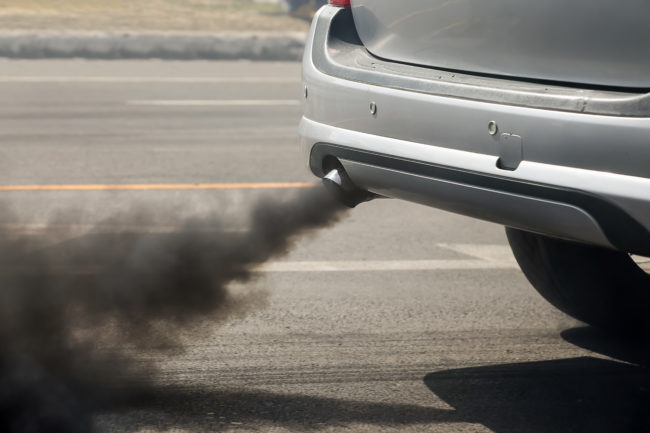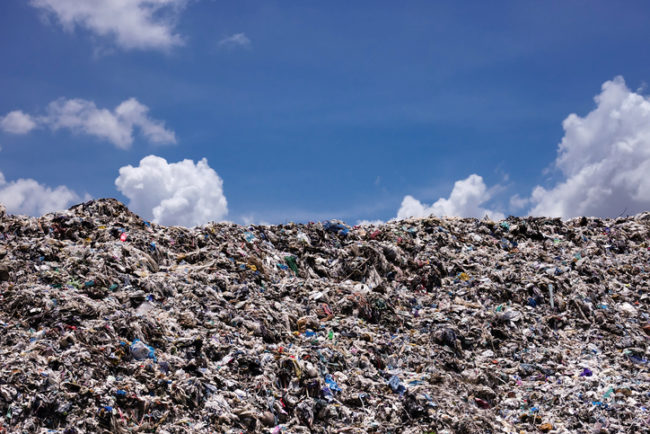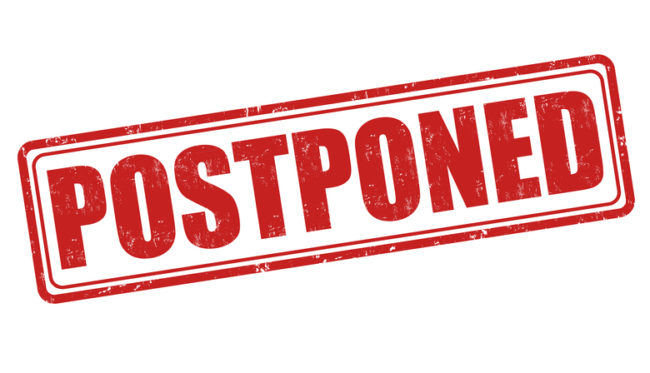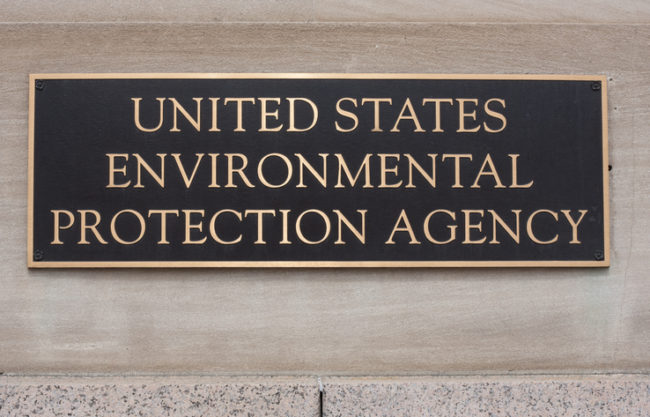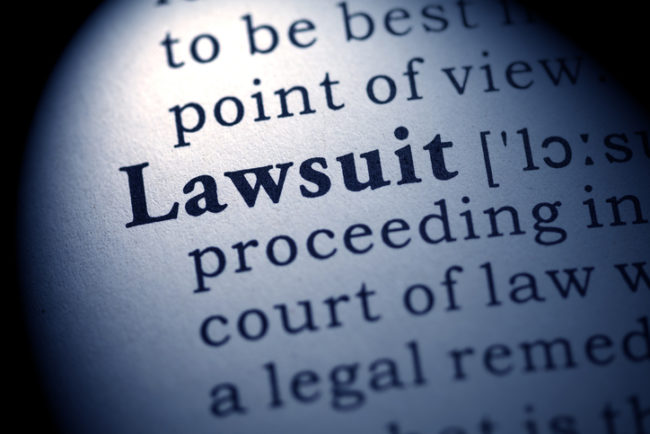Scott Pruitt, the Administrator of the Environmental Protection Agency (EPA), recently discussed a broad range of issues in an interview with Bloomberg TV. Chief among those, Pruitt stated that the EPA is opposed to setting stricter fuel economy standards beyond 2025 and has questioned whether individual states should be able to enact their own tougher emissions rules for cars and light trucks. Pruitt said that California, which has a waiver under the 1970 Clean Air Act giving it authority to set its own emissions standards, …
Continue Reading